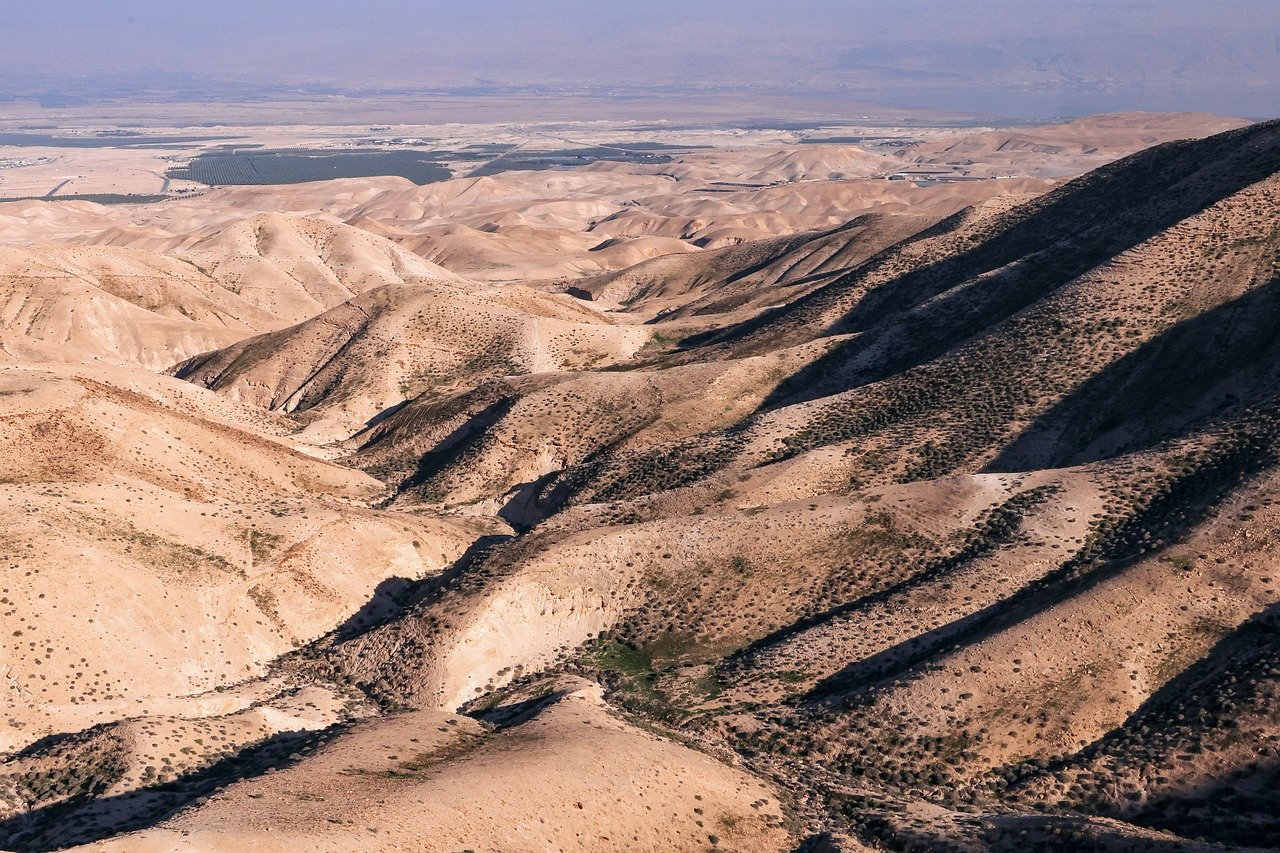A Deep Dive into Brazil‘s Diverse Marine Life: Best Spots for Snorkeling and Scuba Diving
Brazil, the largest country in South America, is renowned for its vibrant culture, breathtaking landscapes, and rich biodiversity. While much attention is often given to its rainforests and river systems, Brazil’s marine life is equally captivating. With an extensive coastline stretching over 7,400 km, Brazil offers some of the most diverse and exhilarating spots for snorkeling and scuba diving enthusiasts. This post explores Brazil’s marine diversity and highlights the best spots to explore beneath the waves.
An Oceanic Treasure Trove
Brazil’s marine ecosystems are as varied as its terrestrial ones, with the Atlantic Ocean playing host to a myriad of sea creatures, coral reefs, and underwater landscapes. From colorful coral gardens to mysterious shipwrecks, the waters surrounding Brazil provide a haven for marine life and a playground for divers and snorkelers.
One of the most significant contributors to Brazil’s marine diversity is the South Equatorial Current, which brings nutrient-rich waters from the Atlantic, supporting a wide range of marine species. This oceanic current, coupled with Brazil’s tropical and subtropical climates, creates ideal conditions for coral reefs and underwater habitats.
Top Spots for Snorkeling in Brazil

While scuba diving requires training and equipment, snorkeling offers a more accessible way to experience Brazil’s underwater wonders. Here are some of the best spots:
- Fernando de Noronha: This archipelago, a UNESCO World Heritage site, is often described as a paradise for marine lovers. Its crystal-clear waters offer visibility of up to 50 meters, making it perfect for snorkeling. The vibrant coral reefs and abundant marine life, including sea turtles and dolphins, make it one of the world’s top marine destinations.
- Ilha Grande: Located off the coast of Rio de Janeiro, Ilha Grande is known for its pristine beaches and clear waters. Lagoa Azul (Blue Lagoon) is a popular snorkeling spot where you can encounter a variety of fish and coral species.
- Paraty: This colonial town, set against a backdrop of lush mountains, offers excellent snorkeling opportunities in its surrounding waters. The Saco do Mamanguá fjord is a hidden gem where you can discover diverse marine life in a serene setting.
Premier Scuba Diving Locations
For those looking to delve deeper, Brazil offers exceptional scuba diving experiences. Here are some must-visit locations:
- Abrolhos Archipelago: Located in the state of Bahia, this archipelago is famous for its coral formations, known as “chapeirões.” Divers can explore underwater labyrinths teeming with fish and, during the right season, spot humpback whales. The Abrolhos Marine National Park is a protected area, ensuring the preservation of its unique marine ecosystems.
- Recife and Olinda: Known as the shipwreck capitals of Brazil, the waters off Recife and Olinda offer a spectacular diving experience. With over 100 shipwrecks, including historic vessels and artificial reefs, divers can explore both history and marine life. The reefs here are home to a variety of tropical fish, lobsters, and even sharks.
- Arraial do Cabo: Often referred to as the “Brazilian Caribbean,” Arraial do Cabo boasts stunning underwater scenery and diverse marine life. The converging ocean currents create a nutrient-rich environment, attracting a plethora of sea life, including sea turtles, rays, and colorful fish. The Gruta Azul (Blue Grotto) is a highlight for divers seeking adventure.

Protecting Brazil’s Marine Biodiversity
Brazil’s marine ecosystems are not only beautiful but also ecologically significant. They provide critical habitats for numerous species and contribute to the livelihoods of local communities. However, challenges such as pollution, overfishing, and climate change threaten these delicate environments.
Efforts to protect Brazil’s marine biodiversity include the establishment of marine protected areas, sustainable fishing practices, and research initiatives. Organizations and government bodies work together to ensure the conservation of Brazil’s coastal and marine environments. The Chico Mendes Institute for Biodiversity Conservation plays a crucial role in these efforts, overseeing several marine national parks and reserves.
Preparing for Your Brazilian Diving Adventure
Before embarking on your snorkeling or scuba diving adventure in Brazil, it’s essential to be well-prepared. Here are some tips:
- Certification and Training: If you plan to scuba dive, ensure you have the necessary certification and training. Many dive centers in Brazil offer courses for beginners and advanced divers.
- Equipment: Whether you’re snorkeling or diving, having the right equipment is crucial. While many dive shops offer rentals, investing in personal gear like masks, fins, and snorkels can enhance your experience.
- Safety Precautions: Always prioritize safety by following guidelines, listening to instructors, and being aware of weather and sea conditions.
- Environmental Responsibility: Practice eco-friendly diving by respecting marine life, avoiding contact with corals, and not leaving any waste behind.

Takeaways
Brazil’s rich marine diversity offers unparalleled opportunities for snorkeling and scuba diving enthusiasts. From the enchanting reefs of Fernando de Noronha to the historic shipwrecks of Recife, the country’s underwater world is a treasure trove waiting to be explored. As you dive into these waters, you’ll not only witness breathtaking beauty but also contribute to the conservation of these vital ecosystems.
Whether you’re a seasoned diver or a first-time snorkeler, Brazil’s marine life promises an unforgettable adventure. Plan your trip, dive responsibly, and immerse yourself in the wonders of Brazil’s aquatic realms. For more information on Brazil’s marine environments, visit the World Wildlife Fund’s initiatives on marine conservation in Brazil.
Exploring Beyond the Popular Spots
While Brazil’s well-known diving and snorkeling spots offer incredible experiences, there are lesser-known destinations that provide equally captivating underwater adventures. These hidden gems are perfect for those looking to escape the crowds and discover unique marine environments.
- Santa Catarina: Located in the southern part of Brazil, the state of Santa Catarina boasts beautiful coastlines and excellent diving conditions. The Arvoredo Marine Biological Reserve is a highlight, offering divers the chance to encounter species like grouper, moray eels, and even sea lions.
- Ilha do Arvoredo: Part of the Arvoredo Marine Biological Reserve, this island is known for its diverse marine life and clear waters. It’s a fantastic location for both beginners and experienced divers, with opportunities to see vibrant coral formations and a variety of fish species.
- Salvador and the Bay of All Saints: Beyond its cultural attractions, Salvador offers excellent diving spots in the Bay of All Saints. The warm waters are home to intriguing shipwrecks and diverse marine life, providing a unique blend of history and natural beauty.

The Best Time to Dive in Brazil
Brazil’s climate varies significantly from region to region, impacting the ideal diving conditions throughout the year. Understanding the best times to visit can enhance your diving experience.
In general, the northeast coast, including places like Fernando de Noronha and Recife, offers excellent diving conditions from September to March. This period coincides with the dry season, providing clear skies and calm seas. Meanwhile, the southern coast, including spots like Santa Catarina, is best explored from November to April, when water temperatures are warmer.
It’s important to note that while these periods are generally favorable, local weather conditions can vary, so it’s always wise to check forecasts and consult with local dive operators before planning your trip.
Marine Conservation Efforts in Brazil
Brazil’s commitment to preserving its marine biodiversity is reflected in various conservation initiatives and protected areas. The country recognizes the importance of its marine ecosystems for biodiversity, tourism, and local communities, and it continues to take steps to safeguard these environments.

One notable initiative is the creation of marine protected areas (MPAs), which restrict certain activities to preserve habitats and species. These MPAs play a crucial role in maintaining the health of Brazil’s marine ecosystems and ensuring sustainable use of marine resources. The Ocean Conservancy works closely with local organizations and governments to support these efforts.
Furthermore, educational programs and ecotourism initiatives aim to raise awareness about the importance of marine conservation. By promoting responsible tourism practices and engaging local communities in conservation efforts, Brazil strives to balance economic growth with environmental stewardship.
Conclusion: A Call to Adventure and Responsibility
Diving into Brazil’s diverse marine life is not just an adventure; it’s an opportunity to connect with nature and contribute to its preservation. Whether you’re exploring the renowned reefs of Fernando de Noronha or discovering the hidden treasures of Santa Catarina, each dive offers a chance to witness the remarkable beauty of Brazil’s underwater world.
As you plan your Brazilian snorkeling or scuba diving trip, remember the importance of responsible tourism. By respecting marine life, adhering to conservation guidelines, and supporting sustainable practices, you can help ensure that future generations will continue to enjoy the wonders of Brazil’s marine ecosystems.
So, pack your gear, dive into adventure, and immerse yourself in the vibrant marine life that makes Brazil a top destination for ocean enthusiasts. To learn more about responsible diving practices and marine conservation, visit the PADI Conservation page for resources and tips.










